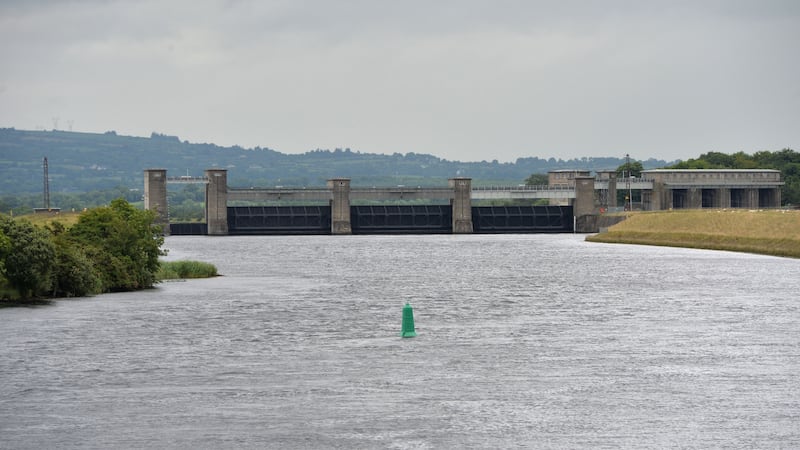Consummate professionals, 1980s rockers Bagatelle valiantly braved an icy Liffey quayside on what was the coldest day of the year so far to persuade the assembled crowd that it was in fact Summer in Dublin.
The hardy souls were game to play along as they gathered to be the first passengers on the newly reinstated No 11 Liffey Ferry, which will ply its trade between the north and south docks from next month following a 35-year absence.
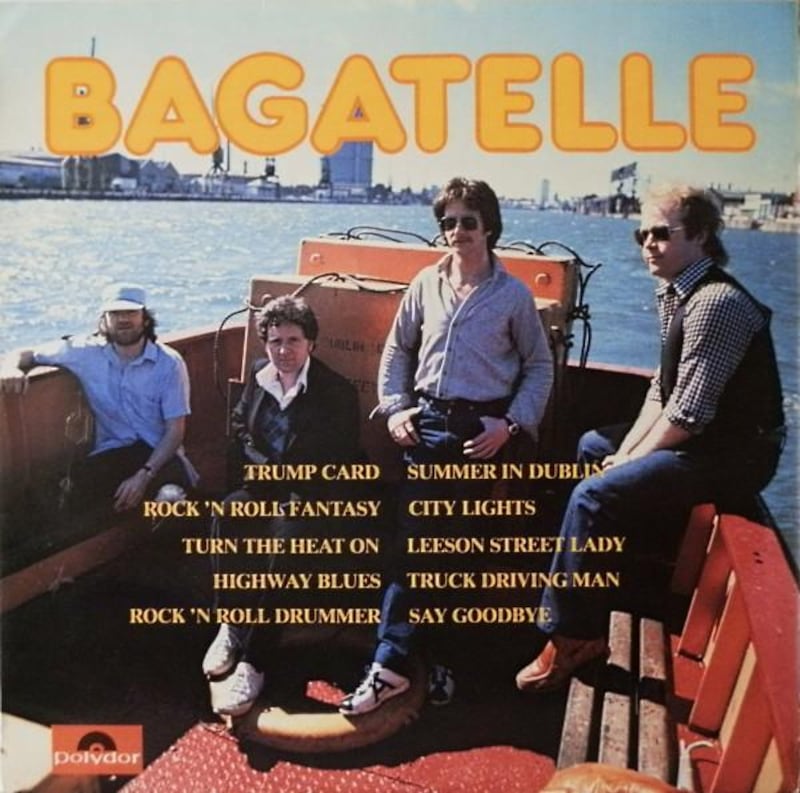
Following a €300,000 restoration project the 18-passenger boat will, from February 11th, run Monday to Friday from 7am to 7pm on a three-point route from the 3Arena on the northside, to Sir John Rogerson’s Quay on the southside, to MV Cill Airne at North Wall Quay, and back.
Each leg of the journey will cost €2 and take three minutes, with the vessel equipped to accept both Leap Card and cash fares.
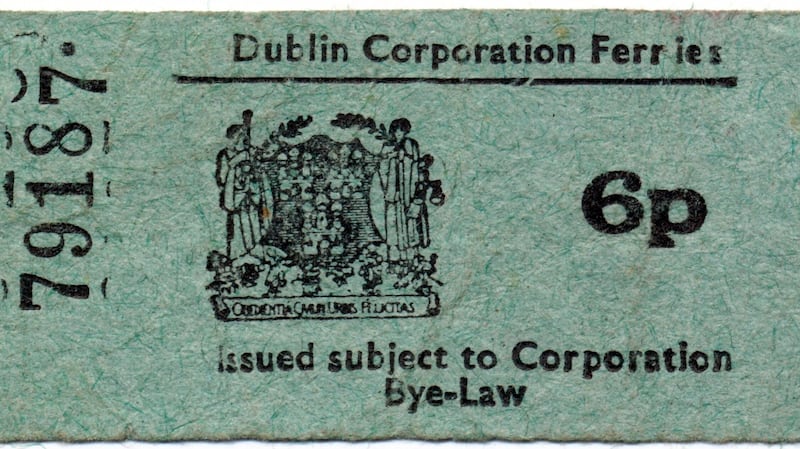
Liffey ferry services began operating in 1665 but were discontinued in 1984 with the opening of the East Link Bridge, although for foot passengers crossing from the north to south quays there remained a gap of more than a mile between the new bridge and the next available crossing at the Matt Talbot Bridge beside the Custom House.
The gap has since been filled in by the Samuel Beckett and Sean O'Casey Bridges, but with a recent rejection by An Bord Pleanála of plans for two new cycle and pedestrian bridges across the river, the former will remain the last link from the north to the south quays for the foreseeable future.
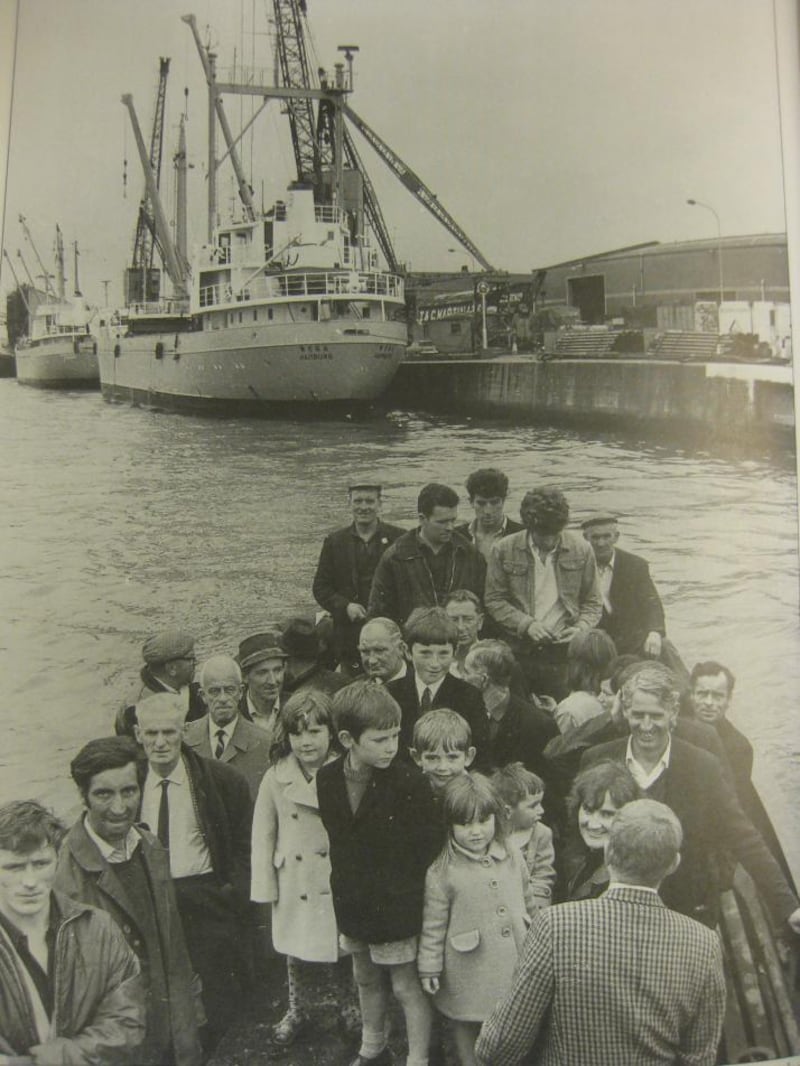
The No 11, which features on the cover of Bagatelle's eponymous first album, was essential transport for workers at the docks and became known to Dubliners as "the dockers' taxi". The boat was bought by Dublin Port Company in 2016.
The Irish Nautical Trust, which will operate the ferry, hopes the service will once again be used by docklands workers.
"There used to be lots of ferries plying their trade, but back in 1984 when the ferry stopped there was very little activity down this end of the docks, but now we're in a new era of dock workers – dockers with laptops, " trust chief executive Jimmy Murray said.
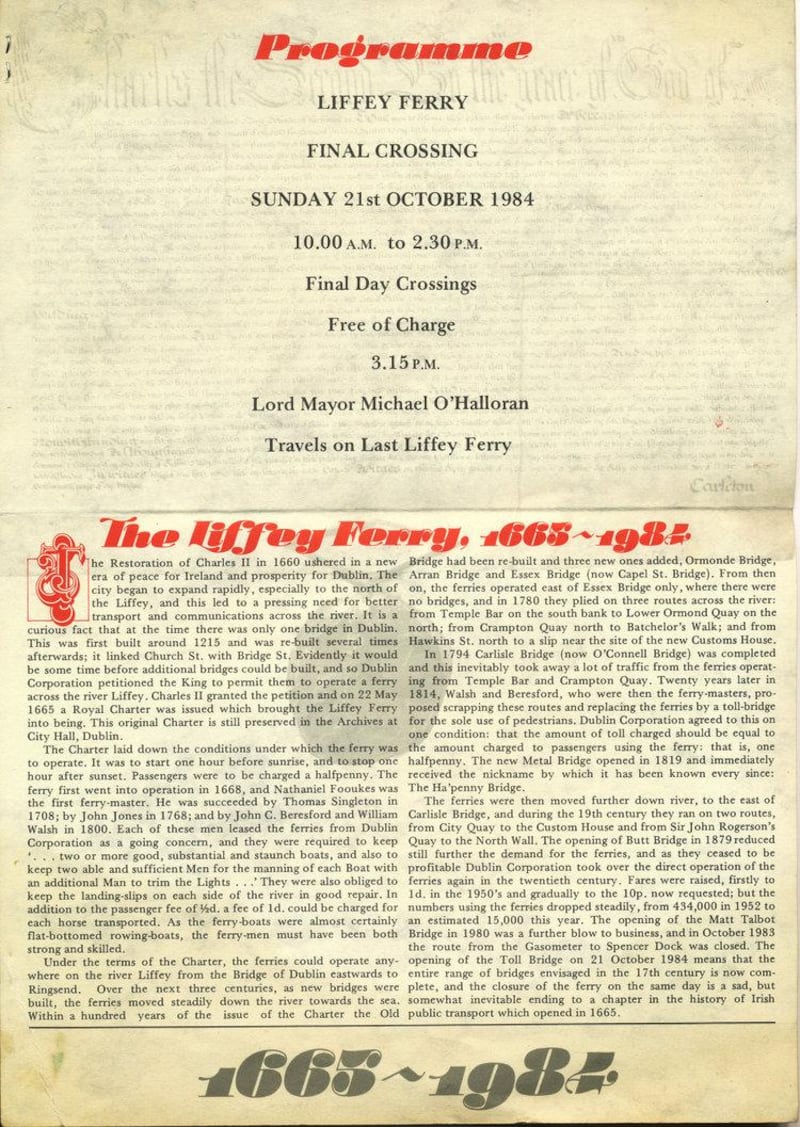
More than just a worker’s ferry or tourist attraction, the boat will serve as part of the trust’s maritime training programme which has been dormant for the past 12 years, and will also resume next month.
The training programme will offer young adults from the inner city and docklands areas the opportunity to gain practical marine experience and a formal qualification accredited by the Irish Sailing Association.
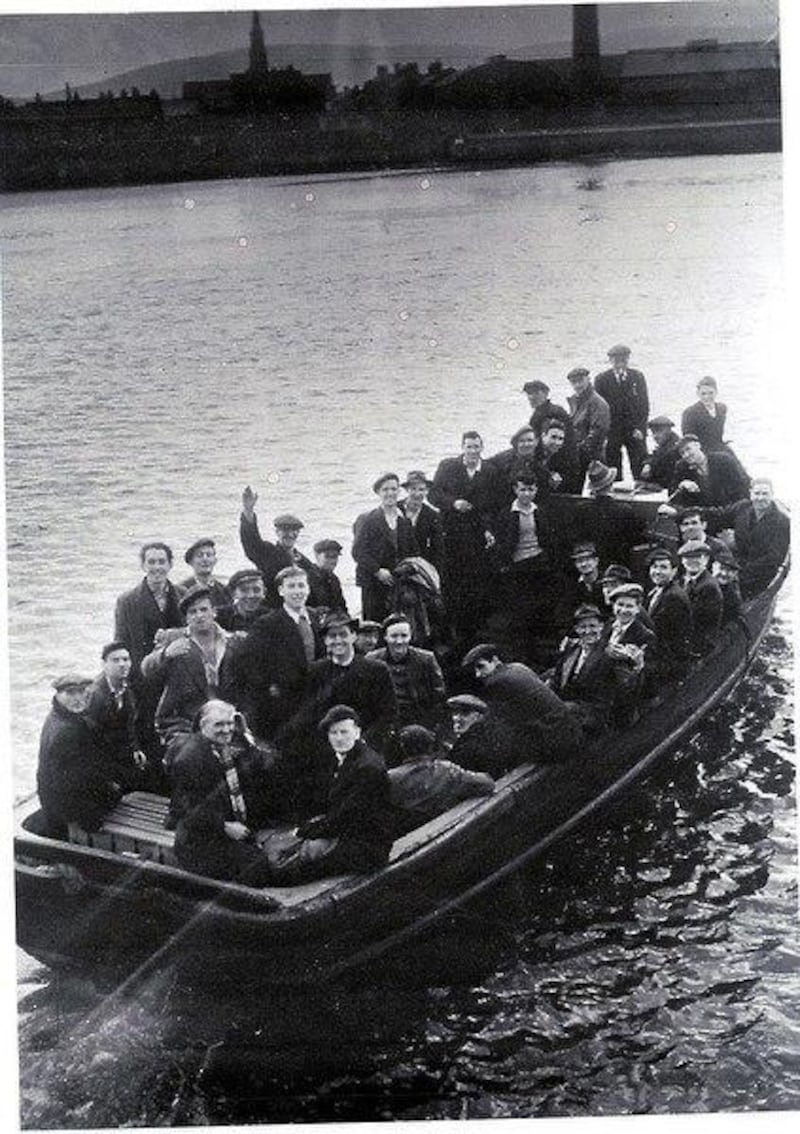
All proceeds from passengers’ fares will be used to help fund the training programme. Each course will provide eight to 10 participants at a time with six months’ hands-on experience of the port, the wider maritime industry, driving, skippering, essential boat maintenance and repairs under the tutelage of experienced and retired seamen.
“Young people can use this qualification to go on to a higher level of education in the maritime industry, so not only will the ferry provide a new service for the docklands it will ensure essential skills are not lost and provide good jobs for the area,” Mr Murray said.






